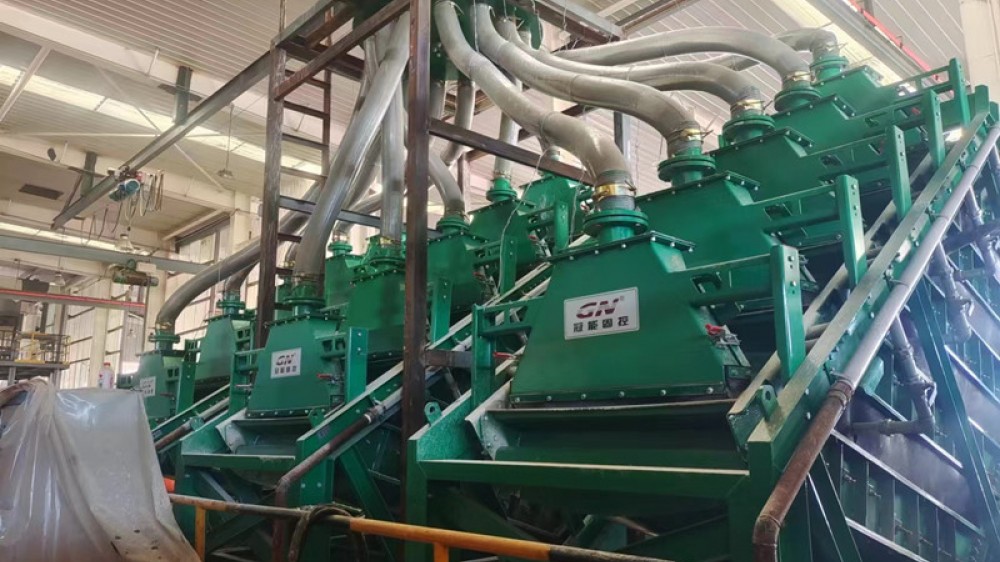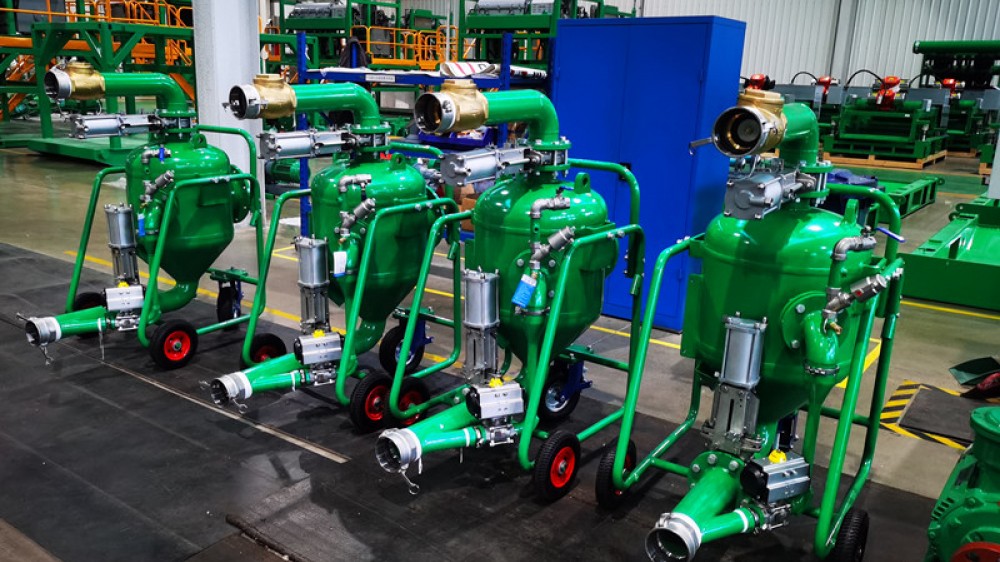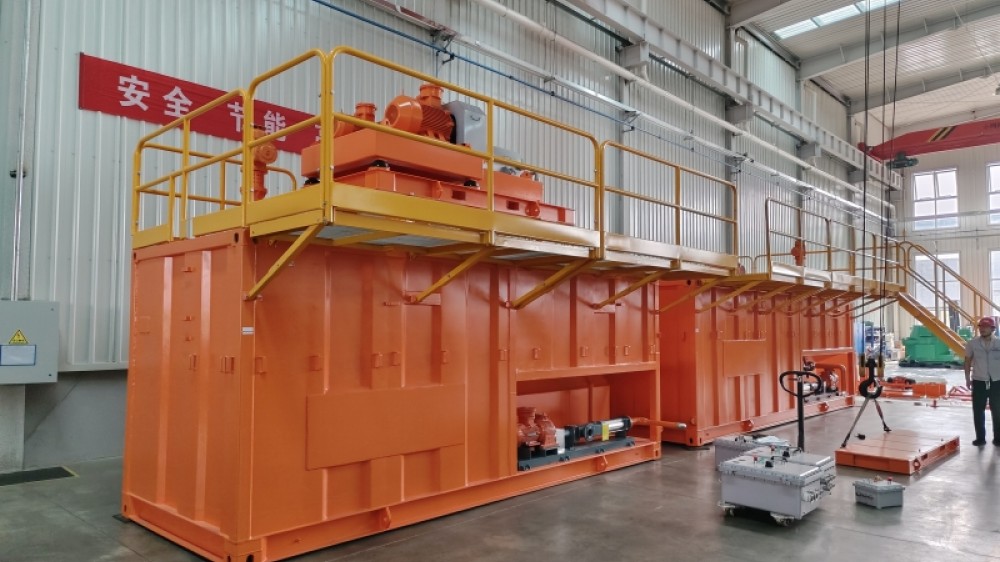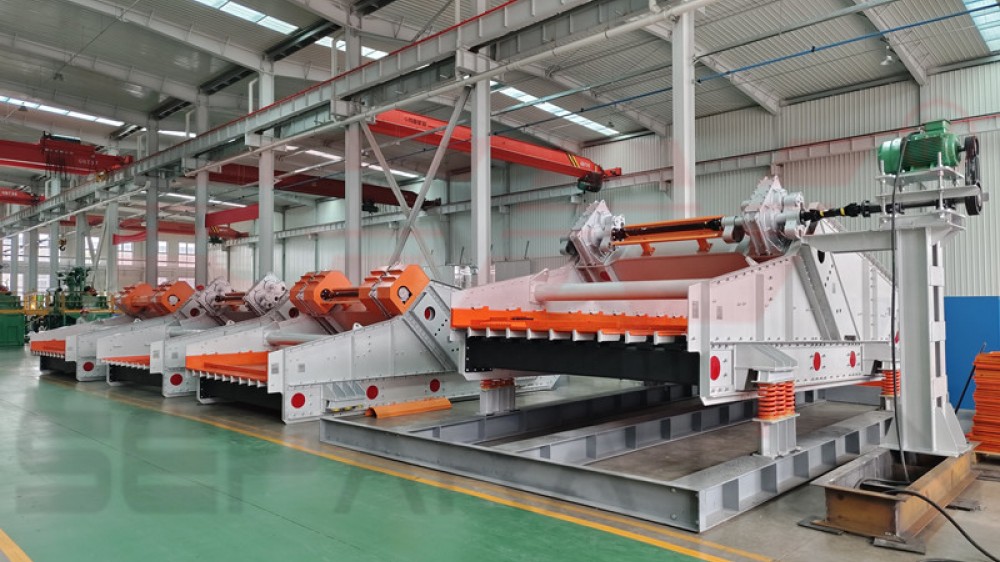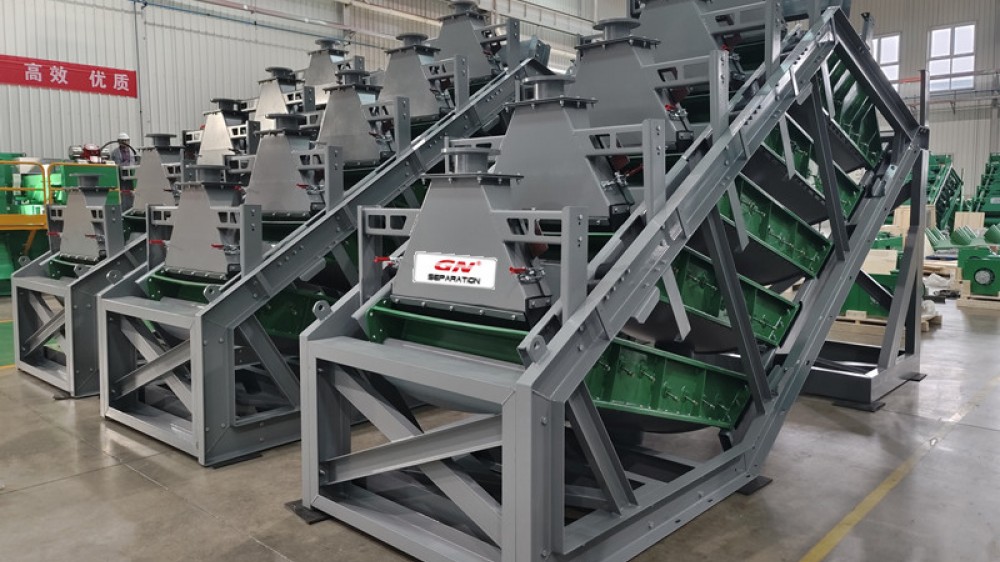
GN 5-Deck Stack Vibrating Screens Nearly Ready for Shipping to Customer Site in Central Asia
GN Separation has successfully completed the assembly of a batch of five-deck stack vibrating screens destined for a lithium mining operation in Tajikistan. The screens will soon to be dispatched. The esteemed client for this project is China Lithium Corporation, which has ventured into international markets to acquire lithium spodumene deposits and has entrusted GN Separation with the crucial task of enhancing their ore screening capabilities at their overseas mine site.

